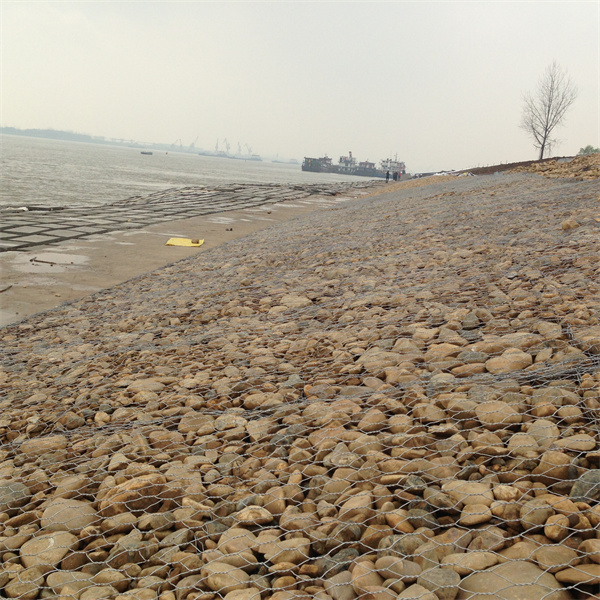ਅਕਤੂਃ . 31, 2024 23:07 Back to list
Gabion Solutions and Innovations for Landscape and Construction in France
Exploring the Impact of Gabions in France
Gabions, a term derived from the Italian word gabbione, which means big cage, are wire mesh baskets filled with stones or other materials. Initially used in military fortifications, these versatile structures have evolved over the centuries and found a place in civil engineering, landscaping, and even art. In France, the use of gabions has been particularly noteworthy, showcasing their utility and aesthetic appeal in varied applications.
Exploring the Impact of Gabions in France
Moreover, French municipalities and agriculture sectors have adopted gabions for flood defense and landscape management. During heavy rainfall, rivers can overflow, threatening nearby communities. Gabions serve as effective barriers that absorb water and dissipate energy, mitigating the impact of floods. Their ability to adapt to local materials means that when constructing gabion walls, communities can utilize stones sourced from the surrounding environment, promoting local economies and reducing construction costs.
gabion france

In urban settings, gabions have gained popularity as a contemporary design element. French architects and landscape designers have discovered the potential of gabions to create visually striking installations. They can be used for seating, retaining walls, or even decorative façades, blending functionality with aesthetics. Gabion walls, filled with colorful stones or plants, can transform dull urban spaces into vibrant areas of interest. This trend not only highlights the artistic possibilities of gabions but also addresses the growing need for sustainable urban development.
Additionally, gabions play a crucial role in ecological restoration projects. In regions of France where natural habitats have been disturbed, such as former industrial sites or areas affected by climate change, gabions are employed to rebuild natural landscapes. The structure provides a means for vegetation to take root, facilitating the development of new ecosystems. Over time, these initiatives contribute to biodiversity recovery and create habitats for local wildlife.
Despite their numerous benefits, the use of gabions in France is not without challenges. Factors such as design considerations, material selection, and maintenance require careful planning and execution. Additionally, as climate change continues to affect weather patterns, the performance of gabion structures must be regularly assessed to ensure their effectiveness.
In conclusion, gabions have carved a niche in various aspects of French life, from environmental conservation to modern architecture. Their adaptability and function position them as a valuable resource in the pursuit of sustainable development. As France continues to embrace innovative solutions for ecological and urban challenges, gabions are likely to remain a prominent feature in the landscape, embodying a harmonious blend of nature, culture, and technology.
-
Why PVC Coated Gabion Mattress Is the Best Solution for Long-Term Erosion Control
NewsMay.23,2025
-
Gabion Wire Mesh: The Reinforced Solution for Modern Construction and Landscape Design
NewsMay.23,2025
-
Gabion Wall: The Flexible, Seismic-Resistant Solution for Modern Landscaping and Construction
NewsMay.23,2025
-
Gabion Wall Solutions: The Durable, Decorative, and Affordable Choice for Every Landscape
NewsMay.23,2025
-
Gabion Basket: The Durable and Flexible Alternative to Traditional Retaining Walls
NewsMay.23,2025
-
Gabion Basket: The Proven Solution for Slope Stability and Flood Control
NewsMay.23,2025
-
Versatility of Chain Link Fence Gabion
NewsMay.13,2025






